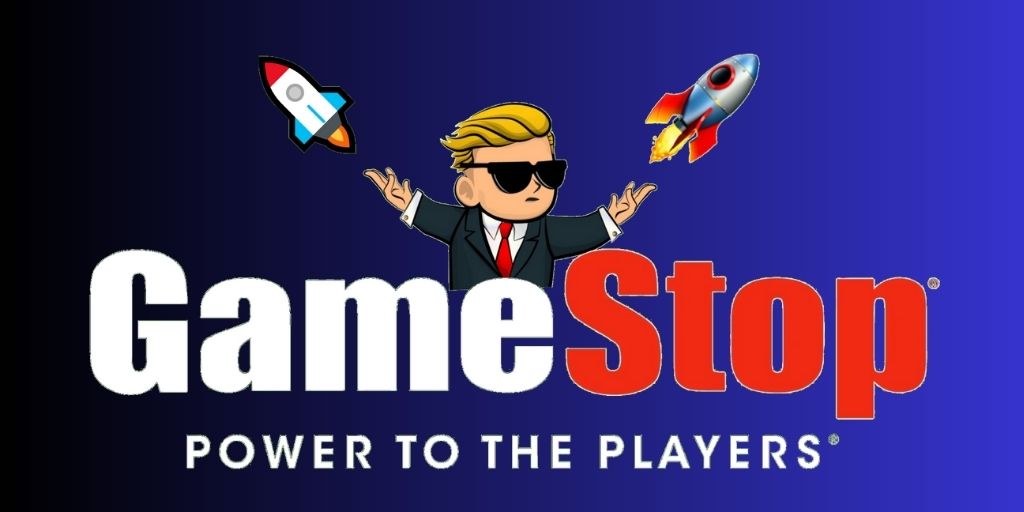
Image put together by me using canva and gimp
Trading in 2021: Reflecting on the GameStop Short Squeeze
Like many others, my introduction to trading was in 2021, amidst the frenzy of the GME Short Squeeze. Witnessing the rapid rise of stocks like GME, AMC, BB, NOK, and MVIS created an unprecedented excitement in the stock market. However, upon reflection, it became clear that the Gamestop trading experience may have painted an inaccurate picture of what the stock market truly represents.
The Bubble Effect: An Unusual Market Environment
The GameStop Short Squeeze and its aftermath left many pondering the implications of this unique market phenomenon. While acknowledging my limited experience of just three years, it seems reasonable to suggest that this period was more of a bubble rather than the norm. Veteran market participants had long warned of the unsustainability and eventual crash, and their predictions proved accurate.
The Dilemma: Learning in an Extraordinary Environment
Amidst this trading environment, an important question arises: is it advantageous or detrimental to have learned to trade during such exceptional circumstances? Personally, I found myself facing losses on meme stocks that may never recover, causing me to question the validity of the skills I had acquired. However, in that moment, the allure of rapid gains overshadowed the wisdom of more traditional investments.
The Buy and Hold Conundrum: Trading as a Career
The concept of “buy and hold” is widely advocated for long-term investments, but what if your goal is to make trading your profession? A multi-decade horizon may not align with your objectives. As someone aspiring to rely on trading as a means of income, the buy and hold strategy seemed incompatible. This led me to explore alternative methods that offer more flexibility and potential profit.
The Power of Options: Leveraging Strategies Beyond DCA
In search of more dynamic approaches, I turned to options trading. Options provide the opportunity to profit from market movements in both directions, enabling me to adapt to changing conditions rather than relying solely on dollar-cost averaging (DCA). In the volatile market of 2022, options trading became an essential tool in managing risk and seizing opportunities.
Dive into this post to explore the inherent risks of options trading and learn from my costly experience with a specific option type (LEAPS). Discover how my encounter with this particular security ended up causing substantial financial losses.
If you want to learn more about options trading, the tastylive (formerly tastytrade) youtube channel is a great place to start. I learned about so many different options concepts from watching their channel. They also offer a brokerage platform which I use and like, but so far my favorite to trade options with has been thinkorswim.
Embracing Stops: Balancing Trading and Investing Mindsets
One recurring piece of advice I encountered was the importance of taking stops. However, incorporating this practice proved challenging due to my initial inclination towards a buy and hold investing mindset. Over time, I came to realize the distinction between trading and investing, understanding that each approach serves a distinct purpose. People were trading Gamestop and the rest of the meme stocks, not buying them to hold. I wish I had the experience to know the difference at the time. Both strategies have their merits, and it’s crucial to adapt based on your goals.
Conclusion: Summation of the Gamestop Trading Experience
My Gamestop trading experience actually taught me invaluable lessons. It’s clear that stocks don’t always go up; they can experience significant declines and sometimes they never come back. By witnessing market turbulence and exploring various trading techniques, I’ve discovered the importance of adaptability and risk management. Whether you choose to trade or invest, there is value in the lessons learned from navigating the unique environment that was the GameStop Short Squeeze.